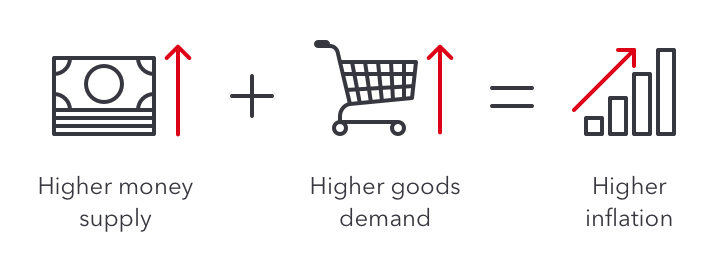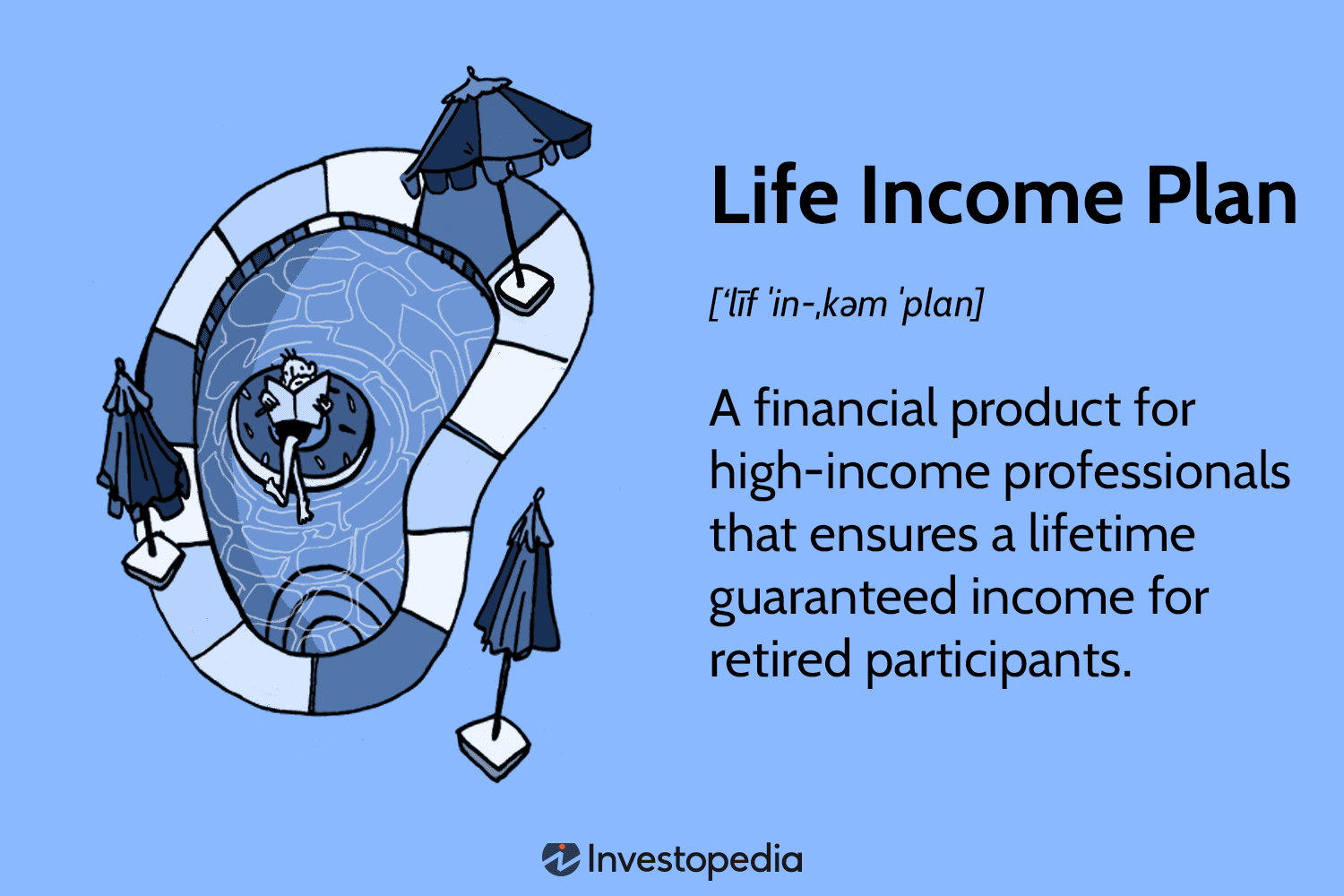Strategies for Investing Dollar Cost Averaging When it comes to investing, there is no one-size-fits-all approach. Different strategies will suit different needs and goals. Investors looking for consistent returns over time can use the dollar cost averaging (DCA) strategy.
It involves systematically buying the same amount of a security at regular intervals, regardless of market conditions or the price per share. The beauty of dollar-cost averaging lies in its simplicity. Instead of trying to predict when the stock markets are going up or down, you’re simply making smaller investments regularly, so your portfolio grows gradually over time. Strategies for Investing Dollar Cost Averaging
By taking advantage of stock price fluctuations and compounding interest from dividends and capital gains, DCA makes sense for any investor who wants to maximize their long-term returns while minimizing risk.
Understanding Dollar Cost Averaging
Investing is like a game of chess: the more you understand the strategies and moves, the higher your chances are for success.
Dollar-cost averaging is a powerful tool in any investor’s arsenal regarding risk management and compounding gains. Strategies for Investing Dollar Cost Averaging
Dollar-cost averaging involves investing a fixed dollar amount regularly in an asset class or individual security. This technique allows investors to take advantage of market fluctuations by buying less of an investment when prices are high and more when they are low.
Doing this over time can lead to substantial returns on investments while mitigating potential losses from sharp declines in market values. Furthermore, long-term investors have achieved greater returns due to compounding gains from reinvested dividends and capital appreciation.
Therefore, using dollar cost averaging as part of your overall investment strategy can pay off in spades if done correctly and consistently over time. Strategies for Investing Dollar Cost Averaging
Setting a Budget for Investing

When it comes to investing, budgeting is of the utmost importance. Risk management and financial planning are vital components when setting a budget for investments.
Determining how much money you can comfortably commit to your investments regularly is essential to maximizing potential returns while minimizing risk.
You should also consider your long-term investment goals and any short-term objectives that may arise throughout the year, such as purchasing a house or sending a child off to college.
The amount you save will depend mainly on these factors and the type of investment vehicle you choose, so be sure to do your research before making any decisions. read more
That way, you’ll have an easier time staying within your budget while achieving desired outcomes over time.
Diversifying your portfolio
When it comes to wealth planning and financial investing, diversifying your portfolio is just as important as setting a budget. Achieving success in the stock market means understanding how to spread investments across multiple companies, industries, and sectors. By doing this, you can minimize risk while potentially maximizing returns over time. Strategies for Investing Dollar Cost Averaging
But how do you know where to start? Diversification requires careful consideration of which stocks or funds to include. Before making any decisions, analyze your current financial position and determine what goals you’d like to accomplish with each investment. Strategies for Investing Dollar Cost Averaging.
Consider whether short-term gains or long-term growth are more important for reaching those objectives. Depending on your age and other personal factors, make sure that the investment mix aligns with your overall life goals, such as retirement savings or college tuition funds. It may also be beneficial to consult an experienced financial advisor specializing in asset management before investing large sums of money. Strategies for Investing Dollar Cost Averaging.
With these tips in mind, investors can create portfolios tailored to their individual needs without sacrificing potential profits. A well-rounded portfolio helps provide peace of mind knowing that all bases have been covered in terms of financial security and future growth opportunities, preparing you for whatever life throws at you.
Selecting the Right Stocks
When selecting the right stocks for investment, research and careful analysis are essential. As a savvy investor, you should constantly be researching trends in the market and valuing companies that show potential for success.
Here are three critical pieces of advice when considering which stocks to purchase:
1. Research your options thoroughly. Understanding where the stock market has been historically is essential to predicting where it may go next. Refrain from trusting what others tell you; take time to analyze the data yourself. Strategies for Investing Dollar Cost Averaging.
2. Have an understanding of valuation metrics. Knowing how different companies compare on various factors, such as price-to-earnings ratio, can help you make informed decisions about whether or not they’re worth investing in.
3. Consider diversifying your portfolio. Investing in multiple types of assets helps reduce risk and improve returns over time.
Ultimately, selecting the right stocks requires dedication, knowledge, and experience, so feel free to reach out to more experienced investors if needed! With proper research, thoughtful evaluation, and strategic planning, you can confidently become a successful investor. Strategies for Investing Dollar Cost Averaging.
Utilizing automated investment platforms
Investing can be a tricky endeavor to undertake. With the right strategies, however, you can extract maximum value from your investments. Dollar-cost averaging is just one of many investment strategies investors use to maximize their returns.
Utilizing automated investment platforms is also helpful for understanding and managing the risk associated with investing. Automatic rebalancing is an efficient way to manage risk by ensuring that your portfolio remains balanced according to market conditions. Rebalancing helps reduce volatility and limit exposure to certain types of assets or sectors within the market.
Similarly, automated investments allow for more effective tax planning as these platforms can identify any losses that could be used as tax deductions at year-end. Automated investment platforms provide investors with tailored plans explicitly designed around their individual needs, goals, and objectives while maximizing the potential return on investments over time. Strategies for Investing Dollar Cost Averaging.
Utilizing automated investment platforms provides many benefits when it comes to managing the risk associated with investing while simultaneously optimizing returns through thoughtful analysis, personalized portfolios, and automatic rebalancing services. In addition, long-term capital gains taxes are minimized due to prudent tax planning techniques employed through the platform.
All of this adds up, making this type of investment strategy an intelligent move for those looking to diversify their portfolio to gain better control over their financial future. Strategies for Investing Dollar Cost Averaging.
Monitoring your investment performance
Let’s start by analyzing the returns of your investments to get an idea of how they’ve been performing.
Then, we can track the volatility of each asset class and compare it to benchmark performance levels.
After that, we’ll evaluate the risk profiles of your investments and compare them to those of other asset classes.
Analyzing Returns
As an investment strategist, monitoring your portfolio’s performance is vital to successful risk management. Keeping tabs on the returns of your investments over time can help you understand how well they fit into your overall financial objectives and plan for long-term goals. Strategies for Investing Dollar Cost Averaging.
To properly analyze returns, it’s essential to consider factors like market volatility, economic cycles, and your personal time horizon when evaluating performance to make sound decisions about future investments.
As part of this process, be sure to take a proactive approach by regularly reviewing and adjusting your portfolio as needed so that it continues to align with your overall strategy. That way, you’ll have peace of mind knowing that you’re making intelligent moves toward achieving success. Strategies for Investing Dollar Cost Averaging.
Tracking Volatility
When monitoring your investment performance, it’s crucial to track volatility.
Understanding the risk tolerance of each asset in your portfolio and timing the markets accordingly can help you make wise investments that align with your desired goals.
You can minimize risks by staying informed about market trends, news events, and overall economic activity while maximizing potential returns with a well-rounded strategy. Strategies for Investing Dollar Cost Averaging.
Understanding how volatile markets affect different investments will ultimately assist you in building a solid portfolio that meets your long-term objectives. Strategies for Investing Dollar Cost Averaging.
Rebalancing your portfolio
It’s essential to track the performance of your investments, but it’s equally important to ensure that your portfolio is appropriately balanced.
Rebalancing your portfolio can be an effective form of risk management and cost savings when done correctly.
Rebalancing involves assessing various factors, such as investment goals, current holdings, asset classes, and more, to determine if certain assets should be bought or sold.
As investments change over time due to market fluctuations, so do their relative proportions within the overall portfolio, which could lead to either too much or too little exposure to some assets.
By rebalancing periodically, investors can maintain their desired level of risk while also taking advantage of potential cost savings by buying low and selling high while staying within their desired allocation percentages.
Taking Advantage of Tax Benefits
Investing in the stock market can be daunting for even experienced investors. However, with strategic planning and taking advantage of tax benefits, anyone can make their money work smarter—not harder!
Tax deductions are an incredible tool that allows you to reduce your taxable income by investing in retirement plans that offer substantial returns. For instance, all contributions to 401(k) accounts or individual retirement accounts (IRAs) are entirely exempt from taxes, meaning any money invested will not count as part of your taxable income.
This is a tremendous benefit to those looking for long-term investments that provide stability over time without sacrificing precious funds on taxes every year.
Furthermore, numerous other incentives, such as employer matching programs, contribute additional funds to an employee’s retirement account when they also invest money. This opens up more opportunities for individuals seeking out better returns while minimizing risk at the same time.
All these factors help create an environment where savvy investors can take advantage of tax benefits and maximize their potential return on investment, so don’t miss out!
Conclusion
As an investment strategist, I can confidently say that dollar cost averaging is an excellent investment strategy. It’s easy to understand and even easier to implement if you follow these steps:
Set a budget.
diversify your portfolio
Select the right stocks.
Use automated platforms.
to monitor performance.
Rebalance your portfolio.
And remember to take advantage of tax benefits!
All of this will put you on track toward building wealth over time with less risk than traditional stock-buying strategies. With dollar cost averaging, you can focus on what matters: making sure your money works hard for you to grow into something more substantial down the road.














Leave a Reply